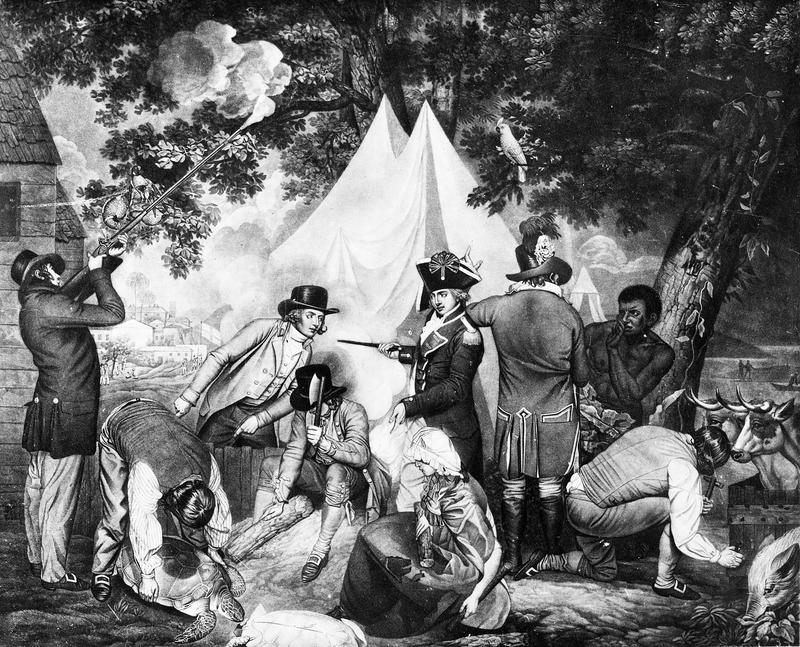Australia's Convict Colonies
By | March 1, 2019

Why Australia?
Over the course of sixty years, nearly 150,000 criminals were taken from Great Britain to Australia. The prevailing thought of the upper ruling class was that criminals were defective people that could not be rehabilitated but needed to be separated from the genetically pure and law-abiding citizens. Lawbreakers were killed or exiled. Great Britain had been sending all their prisoners to America, but once America won the Revolutionary War, that door was closed so Great Britain had to look for an alternative.

The First Prisoners
In 1770, James Cook claimed possession of the east coast of Australia for Britain. In order to keep the French from claiming it, Britain decided to set up their penal colony there. The first fleet consisting of eleven convict ships left Britain in 1787, heading to Australia. They arrived at Botany Bay in January of 1788. They founded Sydney, the very first European settlement on the continent.

The Journey
The conditions of these floating jails were deplorable. They were severely overcrowded. Disease was rampant and many prisoners died. There was little food, and what there was, was often old bread and watery soup. They were also subject to hard labor. The female prisoners were subjected to rape and had to do the worst of the jobs. Many of the prisoners died en route to Australia due to disease.

The Convicts
Most of the convicts transported to Australia committed petty crimes, like stealing food. The more serious crimes like murder were usually punished by death. One in seven of the convicts were women. The convicts were of varied ethnic backgrounds including French, Chinese, African, along with Irish and British. There were political prisoners and prisoners of war and a few professionals like lawyers, surgeons, and teachers. There were even some children who had either been caught stealing or went with their convicted mother. The convicts were usually sentenced to seven to ten years up to life.

Daily Life in the Penal Camps
Life in the camps was not easy. They had hard labor and the accommodations were rough. The food was sparse. Male convicts were taken to the main lumber yard to be inspected and have their information recorded. If the convict had skills such as carpentry or stone masons, they would work directly for the government. Otherwise, they became general laborers. There was a hierarchy among the prisoners. Children born to convict couples were known as ‘currency’ and children of the prison officials were known as ‘sterling’. Emancipists, former convicts, were created when the Governor began to integrate freed prisoners into the new settlements. The emancipists would employ convicts on the farms or in their businesses.

What Happened to the Prisoners?
Once prisoners were emancipated, most of them stayed in Australia and joined with the settlers. They carried a social stigma for being a former prisoner. As time went on, humanitarian groups began calling attention to the appalling conditions of the camps and the mistreatment of the prisoners. Protests erupted and Great Britain stopped sending convicts to Australia. The last prisoner ship arrived in 1868. The former prisoners had a huge role in shaping the way Australia developed. January 26 is Australia Day, marking the day the first prisoner ship arrived. The holiday began as a celebration for freed convicts but it has changed over the years. It now is a celebration of Australia and all its citizens. Around twenty percent of Australians have a convict in their family tree. What used to be a shameful fact is now celebrated.

